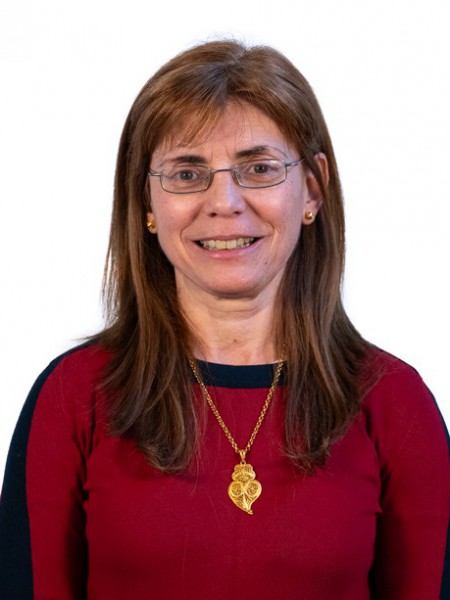abstract
The use of the Schiff base ligand (HL) derived from 2,6-diformyl-4-methylphenol andN,N-dimethyldipropylenetriamine in nickel(II) coordination chemistry has been investigated and two pentanuclear [Ni-5(H2L)(2)(mu(1,1)-N-3)(4)(N-3)(2)(mu(3)-OH)(2)(H2O)(2)](NO3)(4)center dot 6H(2)O (1), [Ni-5(L)(2)(mu(1,3)-OAc)(2)(mu(1,1)-N-3)(4)(mu(3)-OH)(2)]center dot 12H(2)O center dot 2CH(3)OH (2) and one hexanuclear [Ni-6(H2L)(2)(mu(1,1)-N-3)(4)(mu(1,3)-N-3)(2)(N-3)(4)(mu(3)-OH)(2)(H2O)(2)](ClO4)(2)center dot 4H(2)O (3) clusters were isolated under mild conditions. In these complexes, the nature of the anion and stoichiometry of the reactants seem to play important roles in directing the formation of the metal clusters. Their X-ray characterization shows that the Ni(6)cluster can be considered to be built from two triangular [Ni-3(mu-phenoxido)(mu(3)-OH)(mu-N-3)(4)] subunits with bis(mu(1,3)-N-3) connectors, while bowtie-shaped Ni(5)clusters are formed by sharing a common vertex. Variable temperature magnetic properties of the penta- and the hexanuclear nickel(II) spin coupled clusters have been investigated and interpreted. According to the present results, although the core structures of triangular Ni(3)units are identical in these systems, the introduction of different bridges bring overall diverse magnetic interaction (antiferromagnetic to ferromagnetic) in these nickel(II) clusters.
keywords
SINGLE-MOLECULE MAGNETS; CRYSTAL-STRUCTURES; NI-II; MAGNETOSTRUCTURAL CORRELATIONS; EXCHANGE INTERACTIONS; CHAIN MAGNET; COMPLEXES; DINUCLEAR; CARBOXYLATE; CLUSTERS
subject category
Chemistry
authors
Panja, A; Adak, S; Brandao, P; Dlhan, L; Boca, R
our authors
acknowledgements
A. P. gratefully acknowledges the financial support of this work by the CSIR, New Delhi, India [Sanction no. 01(2834)/15/EMR-II dated 02/06/15]. Slovak grant agencies (APVV 16-0039, APVV 18-0016, VEGA 1/0919/17 and VEGA 1/0013/18) are acknowledged for the financial support. P. Brandao acknowledges the financial support by the project CICECO-Aveiro Institute of Materials, UIDB/50011/2020 & UIDP/50011/2020, financed by national funds through the FCT/MEC and by FEDER under the PT2020 Partnership Agreement.


